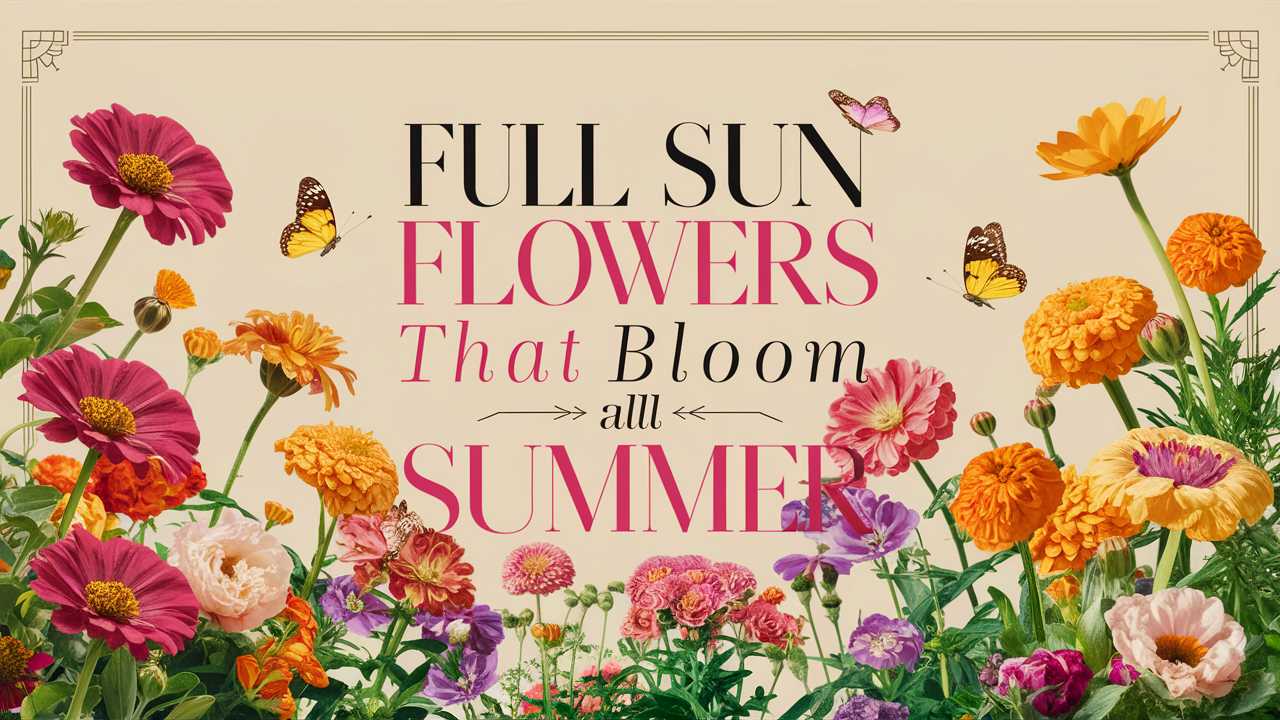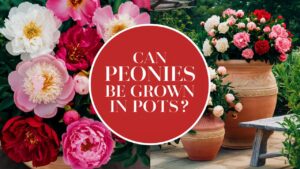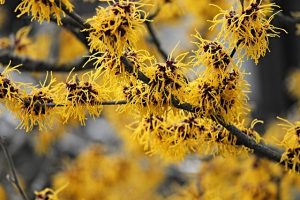As summer approaches, gardens transform into a vibrant display of color and life. For gardeners, selecting flowers that not only thrive in full sunlight but also offer a long blooming season is crucial. This blog post explores an array of summer-blooming flowers that bask in the warmth of the sun, bringing joy, beauty, and a touch of nature to any landscape.
Butterfly bush
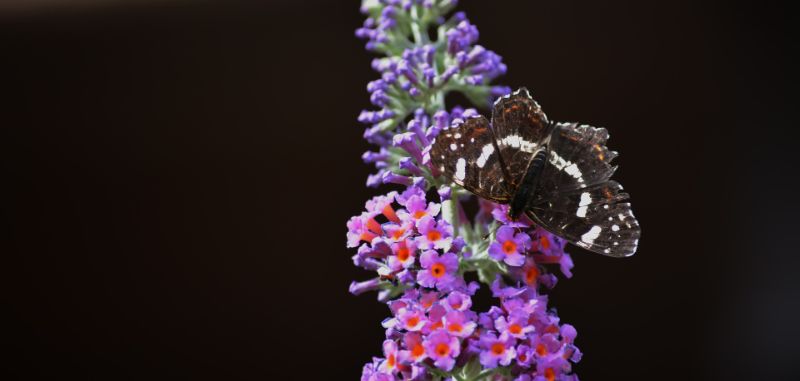
The butterfly bush, scientifically known as Buddleja, is a vibrant perennial that actively attracts butterflies and hummingbirds, making it a delightful addition to sunny gardens. With its elongated flower spikes that come in shades of lavender, purple, white, and even yellow, this plant offers abundant blooms from mid-summer until the first frosts.
Butterfly bushes thrive in hot, sunny locations and appreciate well-draining soil. They are drought-tolerant once established and require little maintenance aside from occasional pruning to maintain their shape and promote new growth. Their nectar-rich flowers make them a popular spot for pollinators, ensuring your garden buzzes with life. In addition to their ecological benefits, these resilient plants can reach heights of up to 12 feet, offering both vertical interest and a stunning focal point in any landscape.
Hollyhocks
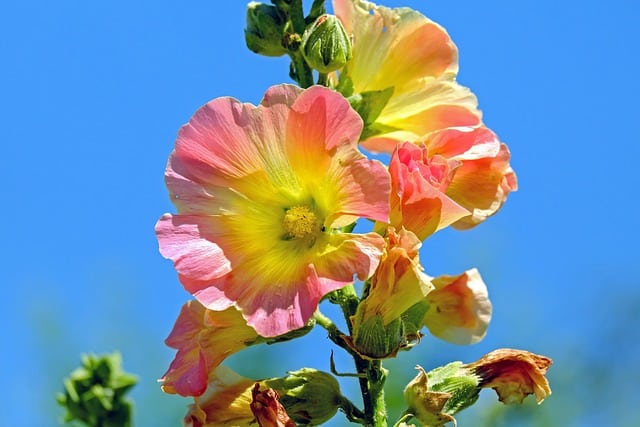
If you are looking for a flower that will pack a punch in terms of height and visual impact, consider hollyhocks (Alcea rosea). These charming perennial plants produce tall stalks covered in large, colorful blooms that can grace your garden from early summer until fall. Hollyhocks come in varied hues like pink, red, yellow, and white, adding a nostalgic appeal reminiscent of cottage gardens.
Position hollyhocks in full sun to ensure they reach their full potential; they can grow anywhere from 4 to 8 feet tall and often require staking for support. While they are relatively easy to grow, they do appreciate a rich, well-draining soil. One notable aspect is their biennial nature—while they will bloom in their second year, they can self-seed, ensuring your garden remains vibrant for years to come.
Hardy geraniums
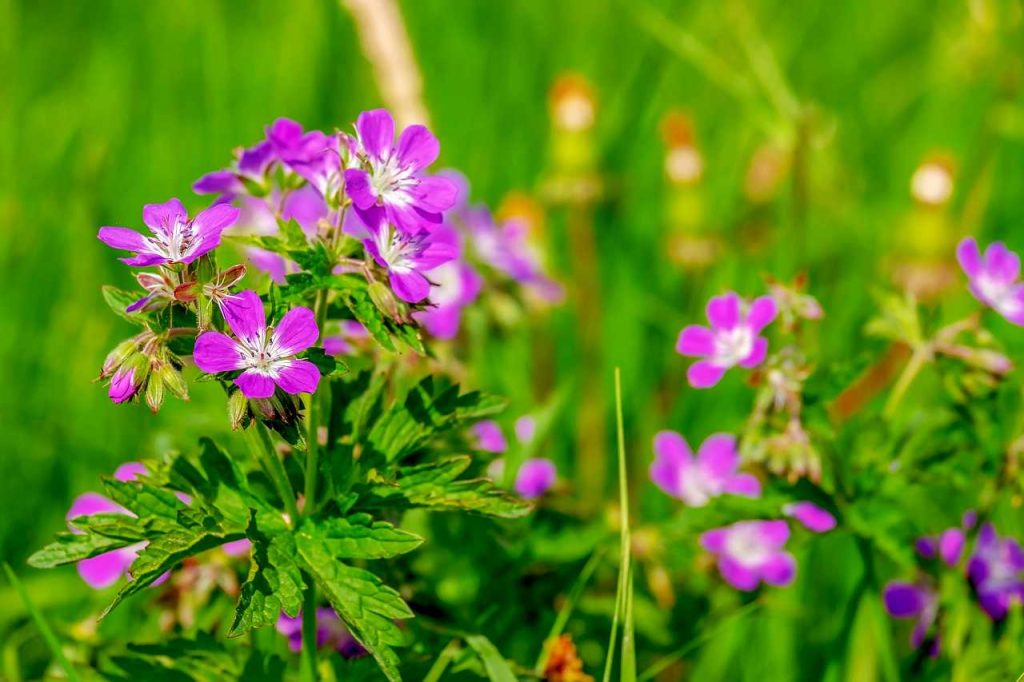
Hardy geraniums (Geranium spp.) are a fantastic choice for blooming all summer long with minimal fuss. Not to be confused with the common houseplant, these perennial beauties are renowned for their ability to thrive in full sun to partial shade. From their delicate flowers in shades of pink, purple, or blue to their lush green foliage, hardy geraniums add texture and color to any garden.
These plants are particularly valued for their long flowering period that spans from late spring all the way to early fall. They are drought-tolerant once established and can be found in various species, each bringing its unique charm to the landscape. Hardy geraniums are also excellent for ground cover, suppressing weeds while providing a brilliant visual display.
Coneflowers
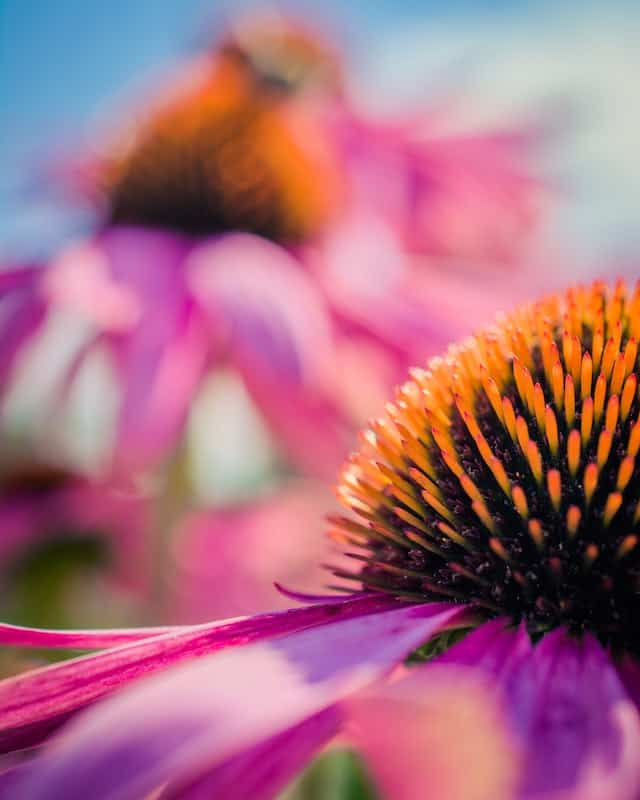
Coneflowers (Echinacea) are true stars of the summer garden, celebrated not just for their aesthetically pleasing, daisy-like appearance, but also for their resilience and ability to attract wildlife. These perennial plants bloom from mid-summer until the first frost, often rewarded with vibrant colors ranging from deep purples to warm pinks and whites.
These beauties are exceptionally easy to care for, thriving in full sun and well-drained soil. Coneflowers also attract pollinators, particularly bees and butterflies, significantly enriching your garden’s ecosystem. Notably, the seed heads left behind after flowering can provide sustenance for birds throughout the winter months, creating a year-round interest in your garden.
Daylilies
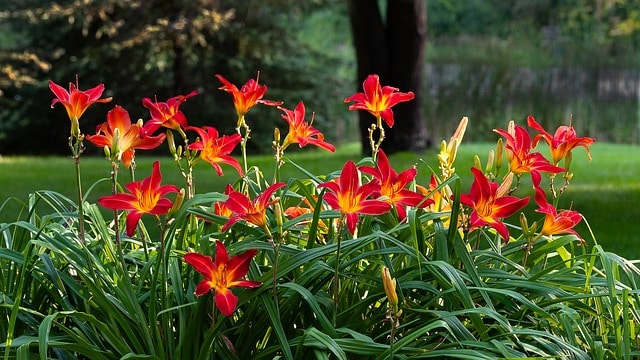
Daylilies (Hemerocallis) are a favorite among gardeners for their low maintenance and stunning blooms that last throughout the summer. With countless varieties available, these versatile perennials come in virtually every color imaginable, ensuring that your garden can be customized to fit your aesthetic preferences. While each bloom typically lasts only a single day, the plant produces multiple flower stalks throughout the season, ensuring continuous color.
These hardy plants thrive in full sun and adapt well to various soil conditions, making them a forgiving choice for beginner gardeners. Daylilies are also drought-tolerant and deer-resistant, creating a perfect solution for many common gardening challenges. Moreover, their foliage remains lush even after blooming, contributing to your garden’s visual appeal long into the fading summer.
Hydrangeas
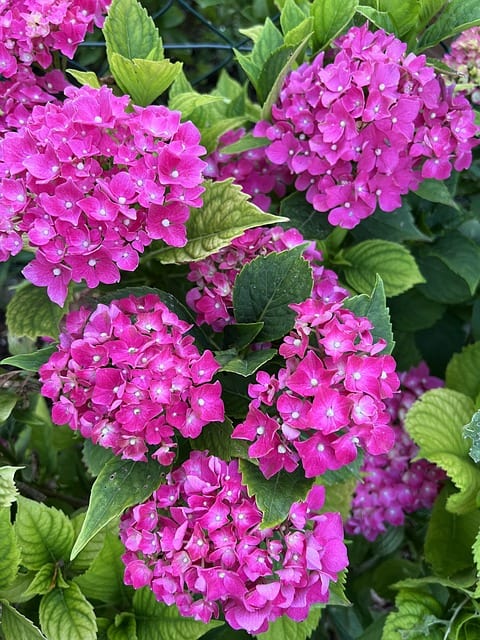
Hydrangeas, particularly the Hydrangea paniculata and Hydrangea macrophylla varieties, are beloved for their dramatic blooms that can brighten up any garden. While some types thrive in partial shade, many modern cultivars flourish in full sun, blossoming from late spring to early fall. Their huge flower clusters come in shades of blue, pink, and creamy white, providing excellent options for vibrant summer displays.
Hydrangeas appreciate rich, well-draining soil and consistent moisture, making them an ideal choice for gardeners willing to provide regular watering. They are versatile, working well in borders, containers, or as standalone features. While they may require some upkeep, such as pruning after the blooming season, their breathtaking beauty makes them well worth the effort.
Shasta daisies
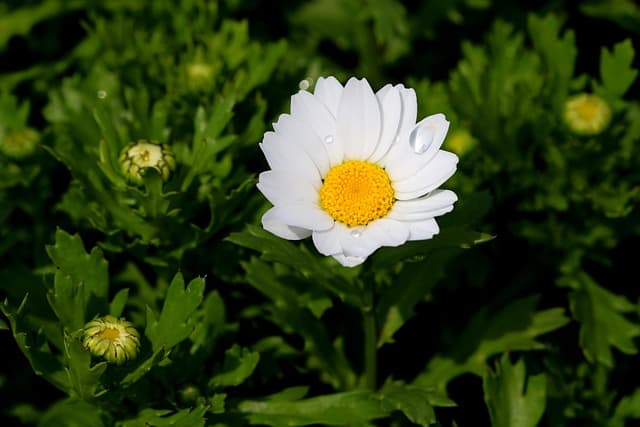
Shasta daisies (Leucanthemum × superbum) are quintessential summer flowers that exude a classic charm in any garden. Their white petals and cheerful yellow centers evoke a sense of simplicity and brightness, blooming from late spring until the end of summer. These perennials thrive best in full sun, enjoying well-drained soil.
Shasta daisies are not only easy to grow but also require minimal maintenance. They are perfect for attracting pollinators and can be used effectively in mixed borders or as a cut flower. Additionally, dividing the plants every few years can promote vigorous growth and healthier blooms, ensuring your garden remains lively year after year.
Dusty Miller
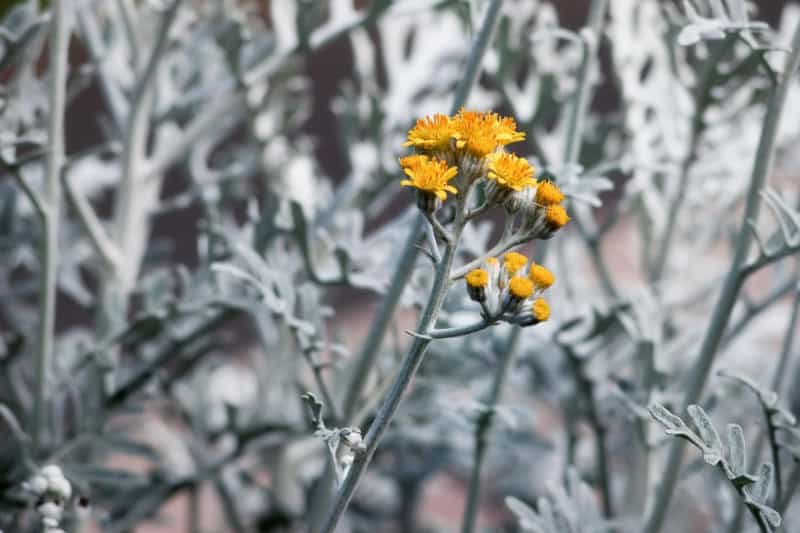
Dusty Miller (Jacobaea maritima), with its silvery-gray foliage, provides a stunning contrast to the vibrant colors of summer flowers. While often used as a backdrop to more colorful blooms, Dusty Miller can also stand alone, offering a unique texture and color. This perennial thrives in full sun and prefers lean, well-drained soils, making it an excellent choice for hotter months.
Adding Dusty Miller to your garden not only enhances visual interest but also improves the overall aesthetics of your planting scheme. Its heat tolerance makes it an ideal companion for other sun-loving flowers, and it requires little maintenance aside from occasional pruning to keep it bushy and compact.
Yarrow

Yarrow (Achillea millefolium) is a hardy perennial known for its feathery foliage and flat-topped clusters of small flowers. Blooming from late spring through early fall, yarrow can show off colors ranging from yellows and whites to shades of pink and red. It’s perfect for full-sun environments and thrives in dry, well-draining soil, making it a great choice for low-water gardens.
Yarrow is incredibly resilient and can reach heights between 1 to 3 feet. Its long blooming season and ability to naturalize makes it an attractive choice for anyone seeking to cultivate a low-maintenance garden. Yarrow also attracts an array of beneficial insects, supporting a healthy ecosystem in your outdoor space.
Potentilla

Potentilla (Potentilla fruticosa), also known as cinquefoil, is a versatile shrub that flourishes in full sun and continues to produce bright yellow, white, or pink flowers throughout the summer months. These hardy beauties are incredibly easy to care for, showing resilience in various soil types and tolerating drought conditions once established.
Potentilla is ideal for borders and can be pruned to maintain its shape. Its long blooming period and ability to thrive in challenging conditions make it a gardener’s favorite, particularly in rock gardens or as part of a mixed perennial bed. In addition, its compact growth habit allows it to fit into smaller spaces, providing ample horticultural opportunities for gardeners of all sizes.
Lavender
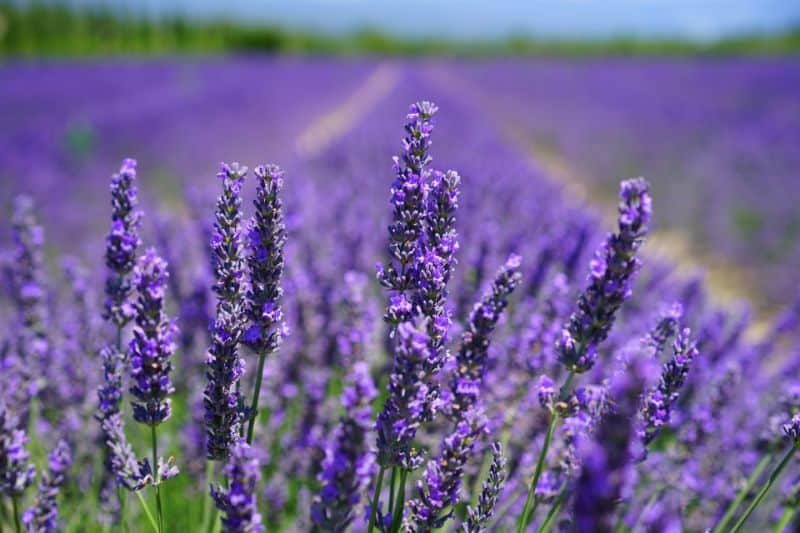
Lavender (Lavandula) is not only cherished for its soothing fragrance but also for its stunning, purple blooms that can fill a garden with color during the summer months. These Mediterranean natives thrive in full sun and well-drained soil, producing spikes of delicate flowers from mid-summer to early fall.
Lavender’s reputation as a drought-tolerant plant makes it ideal for xeriscaping and low-water gardens. It attracts pollinators while repelling certain pests, thereby enhancing the ecological balance in your garden. Additionally, harvested lavender can be dried for use in sachets, potpourri, or culinary applications, enriching the experience long after the blooms have faded.
Coreopsis
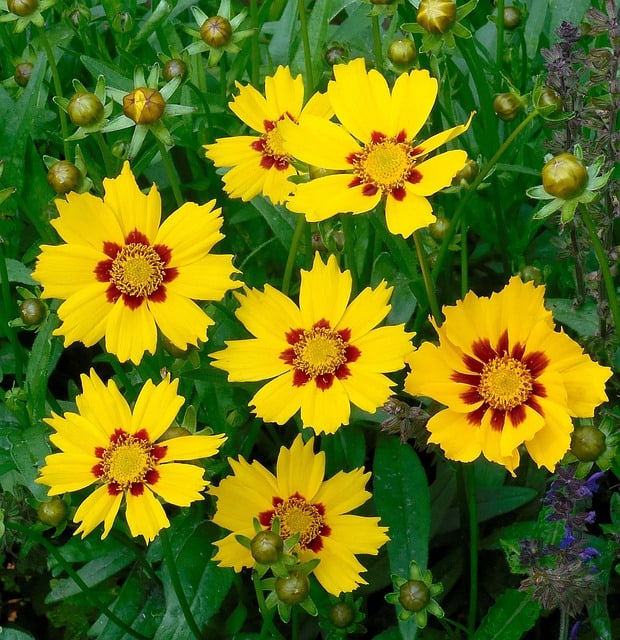
Coreopsis, commonly referred to as tickseed, is a vibrant perennial flower known for its cheerful, daisy-like blooms that come in shades of yellow, orange, and red. Blooming from early summer through the fall, coreopsis thrives in full sun and well-drained soil.
This hardy flower is an excellent choice for cottage gardens or wildflower patches, as it thrives in poor soils and is typically resistant to drought. Coreopsis attracts various pollinators due to its open flower structure, making it a perfect addition to any garden looking to support biodiversity. With a compact growth habit and relatively low maintenance needs, coreopsis is an ideal flowering companion for any gardener looking to create a lively summer landscape.
Bee balm

Bee balm (Monarda didyma), also known as wild bergamot, is a stunning flower known for its tube-shaped blossoms that attract a host of pollinators, particularly bees and hummingbirds. With radiant colors ranging from red and pink to lavender, bee balm blooms from early summer through mid-fall, making it a perfect choice for keeping your garden alive.
This perennial enjoys a sunny location with some moisture in the soil, thriving when well-cared for. Bee balm is not only an excellent addition for its attractiveness and pollinator benefits, but it also has culinary uses, as the leaves can be used to infuse teas and other dishes. With its aromatic foliage and vibrant blooms, it can serve as both an ornamental and functional plant in your garden.
Gaillardia

Gaillardia, often referred to as blanket flower, brings a warm, vibrant splash of color to summer gardens. These sunloving perennials can produce flowers in shades of red, orange, and yellow, typically blooming from late spring through fall. Gaillardia is exceptionally resistant to heat and drought, making it a perfect fit for sunny and dry climates.
Planting gaillardia not only enhances the aesthetic of your garden, but it also attracts pollinators and beneficial insects. The flowers can be deadheaded to encourage further blooming, allowing them to serve as a continuous display of color throughout the summer months. Their ability to thrive in poor soil adds to their charm, providing a solution for areas where other plants may struggle.
Black-eyed Susan
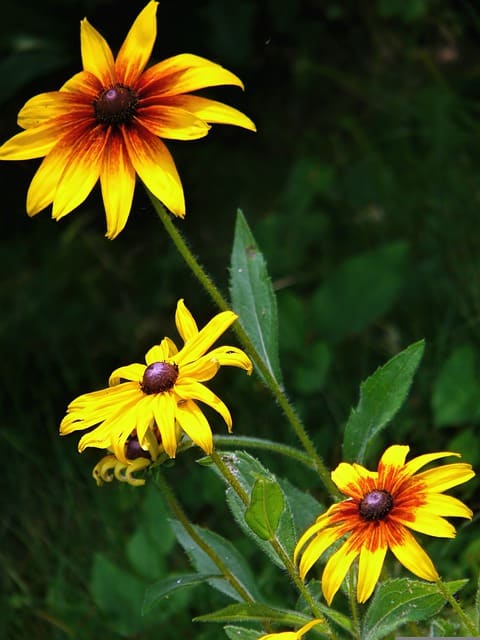
Black-eyed Susans (Rudbeckia hirta) are celebrated for their striking yellow petals surrounding a dark brown cone, making them a popular choice for sunny garden beds. With a long blooming season that extends from summer to early fall, these perennials thrive in a wide range of soil types, as long as they receive adequate sunlight.
These flowers are not only visually appealing but also attract various pollinators, contributing to the ecological health of your garden. Black-eyed Susans are known for their resilience, able to withstand drought conditions and thrive with minimal maintenance. Whether used in mass plantings or as an accent flower, they bring a joyful touch to any summer landscape.
Red hot pokers
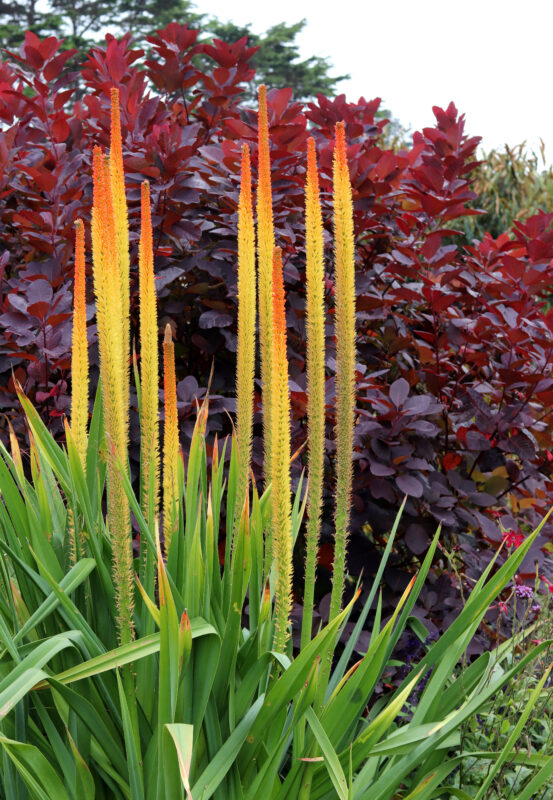
Red hot pokers (Kniphofia), with their unique torch-like flower spikes, serve as captivating focal points in any summer garden. Blooming in a mix of yellows, oranges, and reds, these perennial flowers attract hummingbirds and other pollinators and thrive in full sun with well-drained soil.
Red hot pokers require minimal maintenance, making them a gardener’s dream. They are drought-tolerant once established and can add an exotic flair to borders or mixed beds. The plant’s interesting architectural form and vibrant colors make it a stylish choice, ensuring that your garden draws attention throughout the summer months.
Catmint

Catmint (Nepeta) boasts lavender-blue flowers and aromatic foliage, making it a popular choice for sunny gardens. These hardy perennials bloom from late spring to early fall, attracting bees and butterflies while providing an alluring fragrance that many gardeners adore.
Catmint is incredibly low-maintenance and thrives in dry soils, making it ideal for those less frequently able to tend to their gardens. Its sprawling habit creates an attractive ground cover effect, effectively suppressing weeds while adding beauty. Catmint’s resilience and extended blooming period make it an ideal companion for a varied summer garden setting.
Peruvian lily
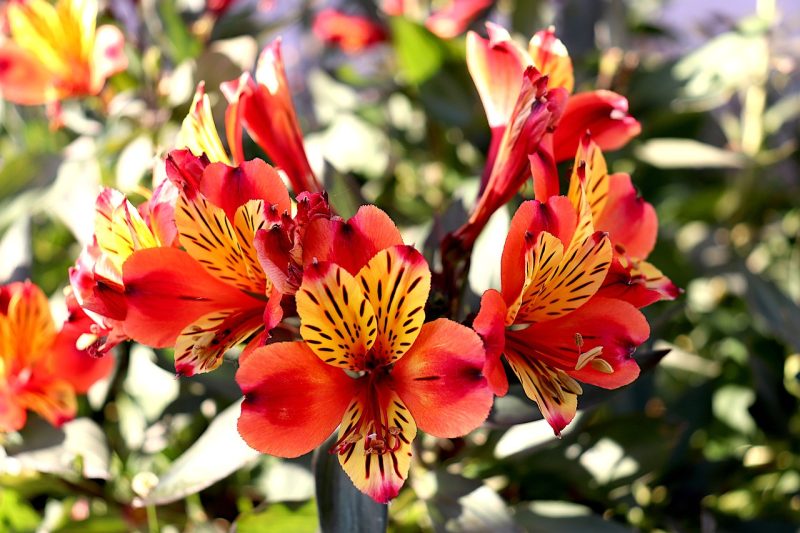
Peruvian lilies (Alstroemeria), also known as lily of the Incas, are perennial favorites that bring bold colors and a unique charm to gardens. Blooming from early summer to fall, these plants produce clusters of flowers in shades of orange, yellow, pink, and white, each marked with attractive spots.
Thriving in full sun and well-drained soil, they can provide long-lasting color with minimal upkeep. Peruvian lilies are also excellent as cut flowers, perfect for enjoying their stunning look indoors as well. Their non-invasive nature and ability to attract pollinators make them a great addition to any flower bed or garden border.
Russian sage
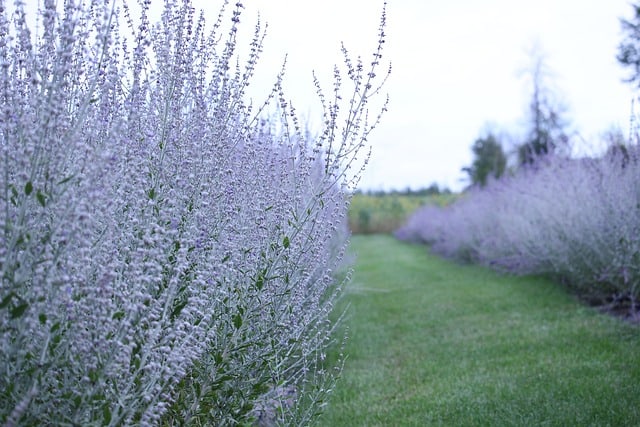
Russian sage (Perovskia atriplicifolia) offers a stunning visual with its silvery foliage and spikes of lavender-blue flowers, blooming from summer into early fall. This drought-tolerant perennial thrives in full sun, making it an ideal choice for hot, dry environments.
Russian sage is not only low-maintenance, but its aromatic leaves can help repel pests. Its airy, delicate appearance contrasts beautifully with denser flowers in the garden, making it an excellent companion plant in mixed borders and landscapes. With its extended bloom time and decorative qualities, Russian sage is essential for creating a lively and colorful summer landscape.
Hibiscus
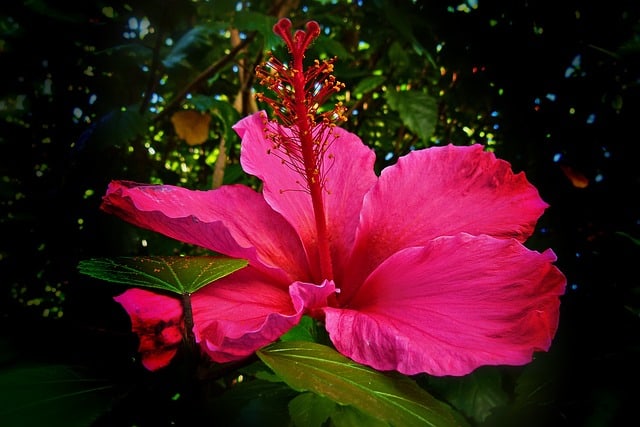
Hibiscus is renowned for its large, show-stopping blooms that add tropical flair to gardens. These sun-loving plants, particularly the Hibiscus rosa-sinensis and Hibiscus syriacus varieties, thrive in summer heat, producing stunning flowers in various colors—including red, pink, white, and yellow.
Hibiscus requires lots of sunlight and will thrive in well-drained soil with regular watering. Although they appreciate consistent moisture, once established, they can tolerate some drought. Their majestic blooms typically appear from mid-summer to fall, providing a vibrant burst of color. Moreover, hibiscus flowers are not only beautiful but can also be harvested to make delicious teas and beverages, offering both aesthetic and culinary value.


